Katana ZERO
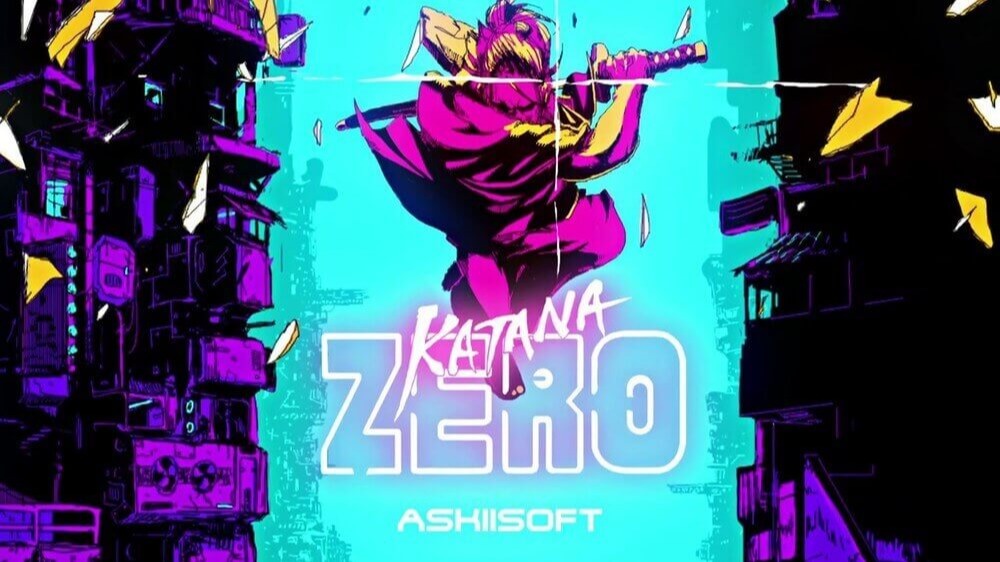
Katana ZERO - A work of art looks just like this!
If games could be described by one proverb, then Katana ZERO would be described by the saying "Masterpieces are born in agony. In fact, Katana ZERO is the child of a single father. The father's name is Justin Stander. The author got excited about the idea back in 2016, but in those cloudless times he could not have imagined that the development would take as long as six years. Justin worked in three directions at once: in game design, composed the script, and wrote code for the game. Two years later, Justin was faced with a "Developer's Plateau." That is, the root mechanics had already been thought up, but the prospect of release did not loom on the horizon. Trouble doesn't come alone. In addition to the lack of a sense of completeness, Justin ran into human factors problems. Stander had set the bar high with expectations for his game. He wanted to. No. He demanded a masterpiece from himself, but it's reckless to expect ideological fanaticism from hired guns. One by one, talented pixel-art artists left Askiisoft: some for unnamed reasons, others poached by competitors. For two months the game's development was completely stalled. But Justin was lucky: he found two capable guys from the CIS. Leonid Kolodkin and Alexander Vetkin agreed to work on Katana ZERO and treated the game as their own creation. Of course, Askiisoft didn't get to the happy ending right away, but the game got off on the right foot. If Justin had Katana ZERO's protagonist abilities, he'd know where his creative catharsis would lead and rejoice in advance...
The gameplay here is original, stylish, but no deeper than a puddle
Hotline Miami is the first thing that comes to mind when you meet Katana ZERO. Both games are about neon ultraviolence. Both games tell slightly naive but touching stories against the backdrop of gangster strife. The protagonists in both games are permanently mortal, dying in the blink of an eye even at the hands of rank-and-file opponents. There are only two differences: Hotline Miami is a top-down shooter and Katana ZERO is an action-platformer. But the genre difference is not the main one. The main thing is the second difference, which is that Hotline Miami was 70% of the gameplay, and the remaining 30% was the story, the twists and turns of which not even everyone grasped. Katana ZERO, on the contrary, seeks to surprise with the story and sustained style, and puts the entertainment of the player in the background.
At the center of Katana ZERO's plot is a samurai named...Zero. The protagonist is a self-proclaimed samurai, but in reality Zero is a hired assassin with unusual abilities. In complicated terms, Zero has quantum immortality and can foresee the not-too-distant future. In simple terms, Zero cannot really die, but shuffles events so that he stays alive when he dies. Zero's senses are so heightened that time in the world around him seems to slow down. Zero owes his powers to the drug he uses as a weapon. The mechanism of permanent death, which made Hotline Miami so many people loved, in Katana ZERO cleverly played plot. Saying that Zero does not enter into battle, but only anticipates possible events in the fights. When he dies, the hero supposedly doesn't die, but realizes that he made a mistake in his plans. And once a section is passed, Zero supposedly executes the intended plan with filigree precision and murderous swiftness. Each room he passes is supposedly under video surveillance. While trying to pass a room, Zero can slow down time, deflect bullets flying at him, deflect attacks, and hurl objects at him.
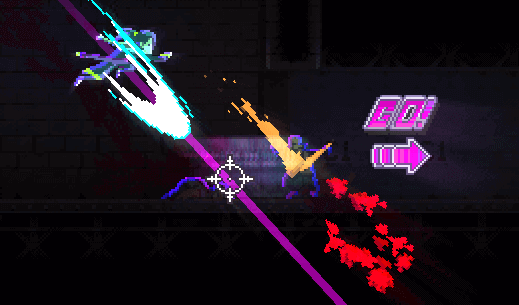
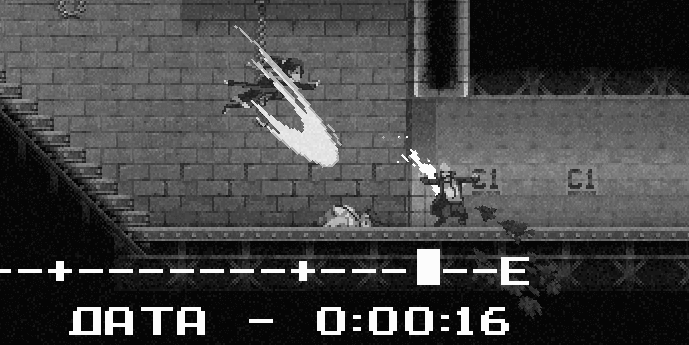
Katana ZERO challenges the player with speed and intelligence. Closer to the middle, the time corridor for reaction is so narrow that if you succeed, you feel like a doped cyber athlete. But don't think that the time dilation mechanics here make the game that much easier. The trick is that in slow mode it's easier to repulse bullets, parry attacks, but the protagonist himself slows down and can't swing his katana more than a couple of times per second. The effect of time dilation on gameplay is indirect: you press the same buttons, but not at a dizzying pace. To pass this game, you have to learn every room, find solutions to all the problems and act strictly according to the plan.
However, the gameplay experience of Katano ZERO is not limited to systematic room clearing. Sometimes you'll have to jump on platforms, there are stealth elements...
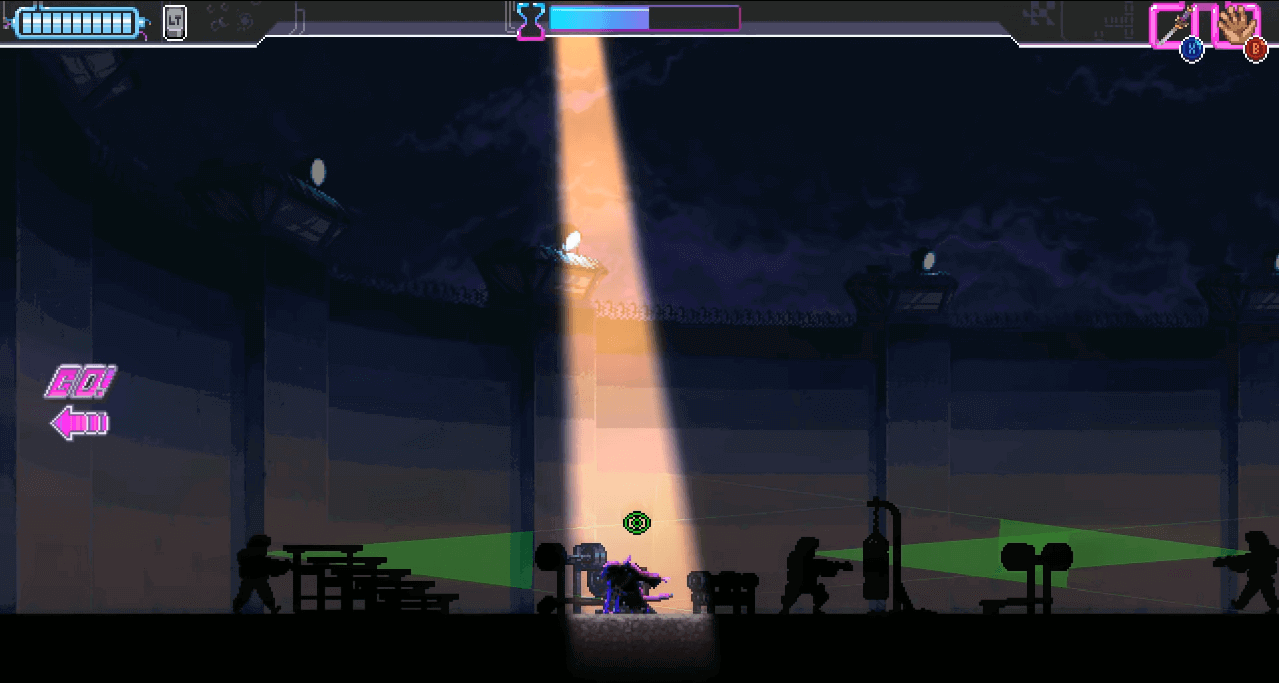
But the most delicious thing about Katana ZERO's gameplay are the bosses. While one level has to fight the 1980's gameplay design bogeyman - the helicopter boss - the other bosses pleasantly surprise. Some battles surprise with their role in the narrative, some require wit, and some test whether Zero really has quantum immortality. But there is one boss you will never forget. This one will demand precision and speed of reaction from the player, as if he were taking Gold at ESL on CS:GO with one hand and wagering in the Grand Finals of the StarCraft II World Championship with the other. For absolute hardcore masochists, there's also a speed mode, as well as a mode without time dilation...
...Otherwise, Katano ZERO is a largely simplified Hotline Miami, but with a side view and time dilation. But it's not for the gameplay that the game is rated 10/10...
Looking for a game with a twisted and quality story? You've found it
We went over the top of the plot, but did not go into detail. Where does Zero get his legendary drug from? The point is that Zero is not a mercenary in the usual sense. He fulfills orders not for money, but for a dose. If you stop taking the drug, time will begin to slow down for the addict and then stop altogether. The victim will plunge into the worst nightmare and stay in that moment forever. To those around him the addict will already be dead, but to the addict the death agony will be eternal. This is not the fate Zero wants for himself, so he is forced to be a puppet in the hands of his psychiatrist/drug supplier.
Katano ZERO boasts a rich background. The setting is the ghetto of the fictional city of Mecca.

Seven years into the game, Mecca unleashed a war against an unnamed Asian country. The Mecca government wanted to win by all means, so it decided on inhumane experiments to create super-soldiers. The project, code-named ZERO, involved the creation of a special military drug. You have already read how this drug works. In the end, Mecca lost the war. The veterans of yesterday's battles began to be despised in society.
Zero is one of the super-soldiers whose role in history has come to an end. The government has thrown its chain dogs out on the rubbish heap. From now on, ZERO's destiny is to eke out a miserable existence and then die without a dose. Zero was a little luckier: he had a reliable supplier.
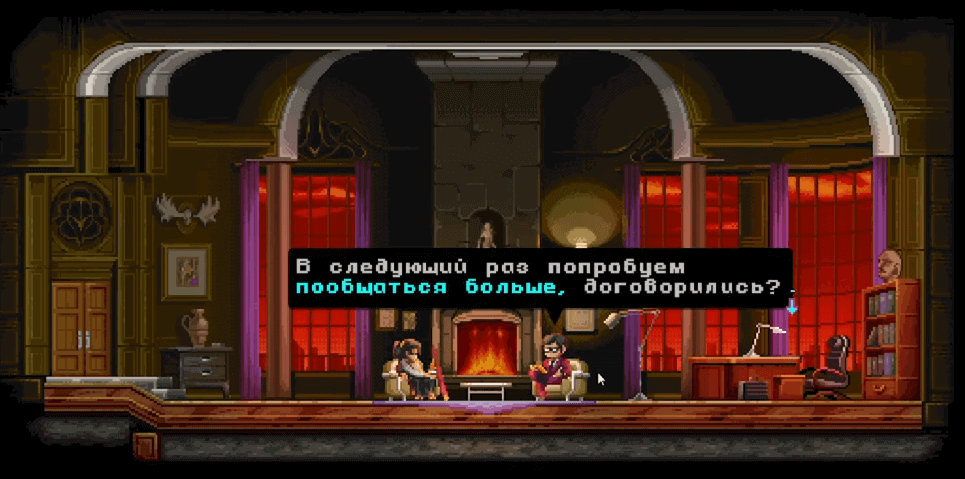
It would seem that we have a plot mix of The Punisher, a dark parody of the film "Adrenaline" with notes of Hotline Miami... but it is not so. It is sacrilegious to go into details of Katano ZERO's script, just as it is sacrilegious to read short retellings of famous novels. The plot of Katana ZERO is a cross between Irvine Welsh's novel Marabou Stork Nightmares and the films of Christopher Nolan and Scorsese, but with dialogue and non-linear narration by Quentin Tarantino against the background of Park Chung Wook's Oldboy with the cherry on the cake from BioShock Infinite. No need to google all these works and names. If you're familiar with the whole list and love all of the above, Katana ZERO will appeal to you. It's hard to imagine such a mix, but trust me, somehow mystically you will find all these elements to a greater or lesser extent.
The second reason for the 10/10 rating of Katana ZERO is the consistency of style. Askiisoft does not tell the player about the neo-noir in the hope that they will believe it. Askiisoft shows and convinces. Let's start small: with the age-old parody of VHS tapes...
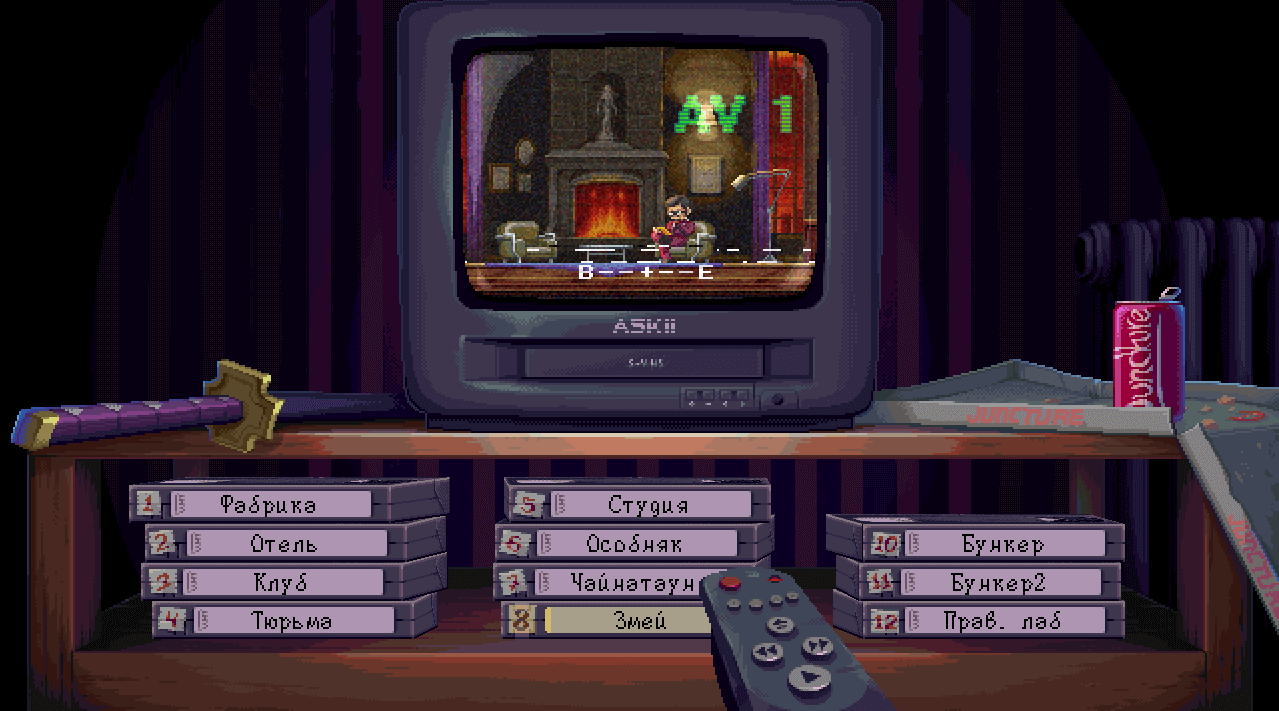
...Let's continue with the grainy image on television screens:
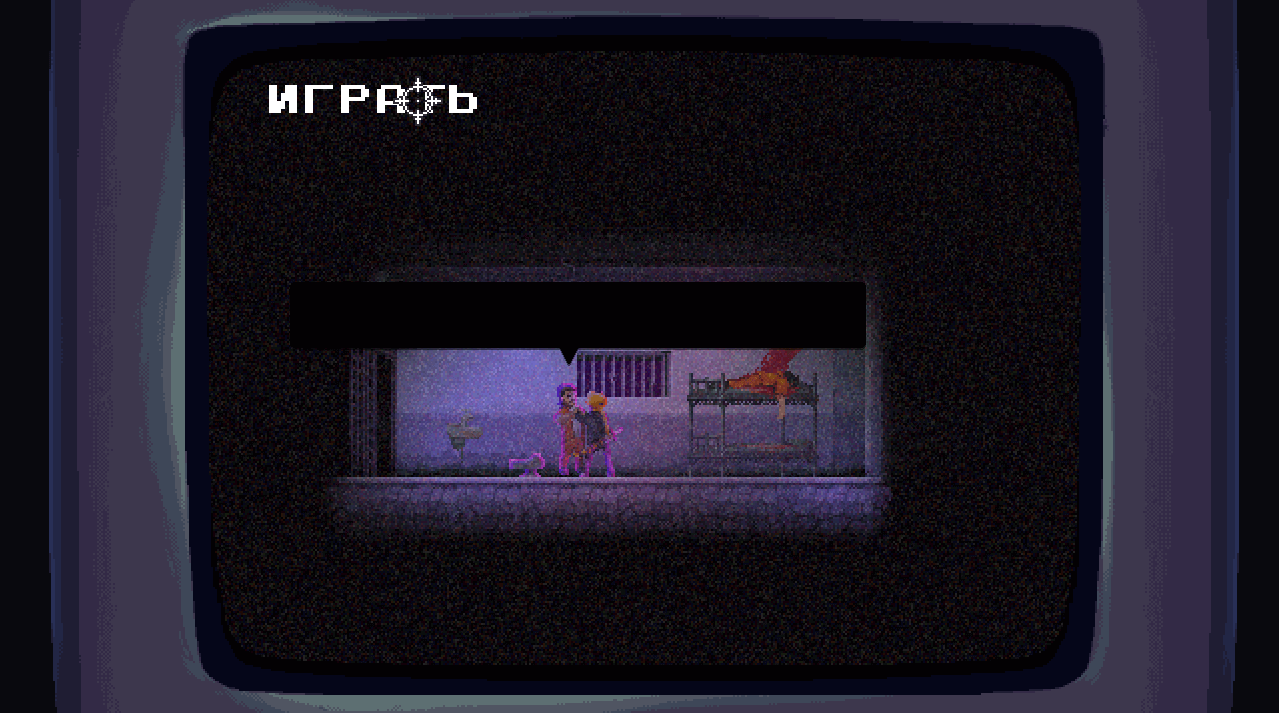
...And end with glitchy images that simulate the hallucinations of the protagonist and make the player himself doubt the reality of what is happening:
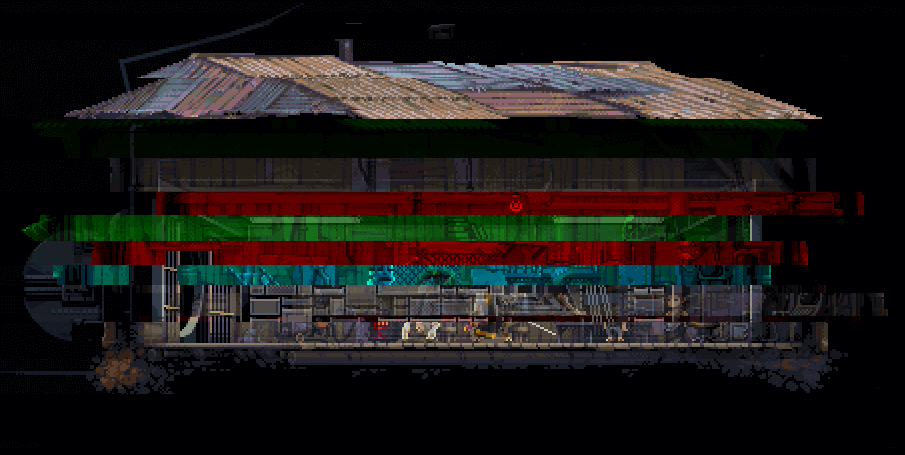
Everything that could be animated in Katano ZERO is animated. At the beginning of the level, not only does Synthwave start playing, but Zero puts on headphones and turns on the player, listening to the same song as the player. The dialogue here is not just letters running from left to right, but characters dancing on the screen to match the mood of the conversation. Even on the level with a stealth walkthrough will be oriented not in a separate window, and the dynamic texture of the screen. Add to this the fact that the game is constantly changing the tone of the visuals in time with the story - we get an insanely compelling piece of work. If Stanislavski had played Katano ZERO, he would have remained silent, for silence is a sign of agreement...
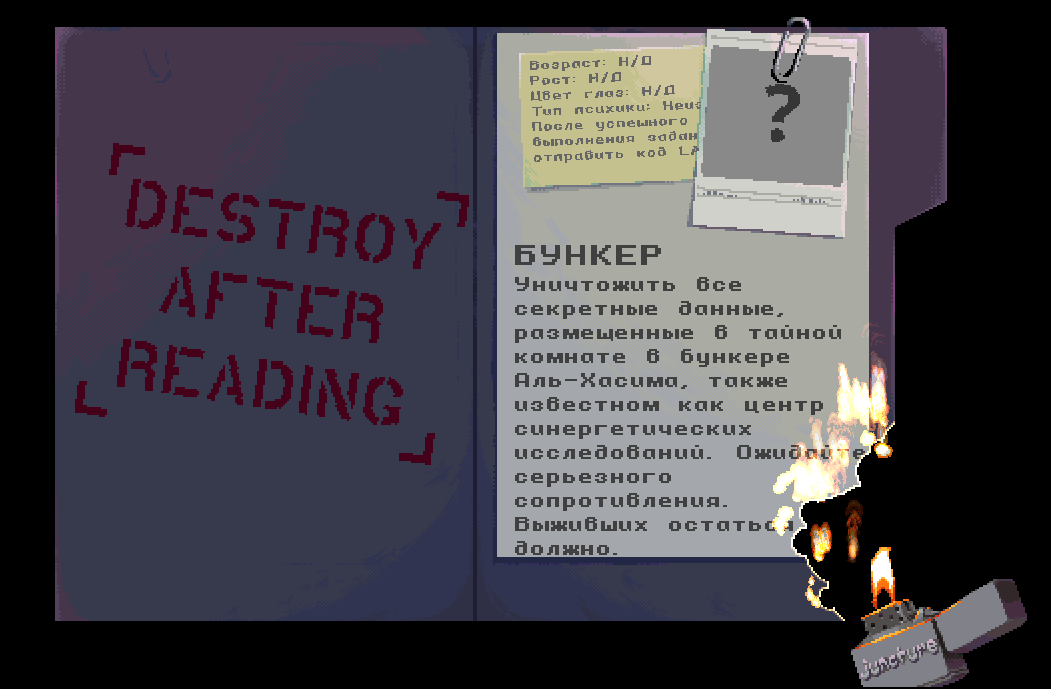
But as if that wasn't enough, Askiisoft decided to get even more complicated. It was not enough Tarantino's dialogues, it was necessary to make them variable. The choice of different lines does not fundamentally change the plot, it only changes the options of obligatory events.
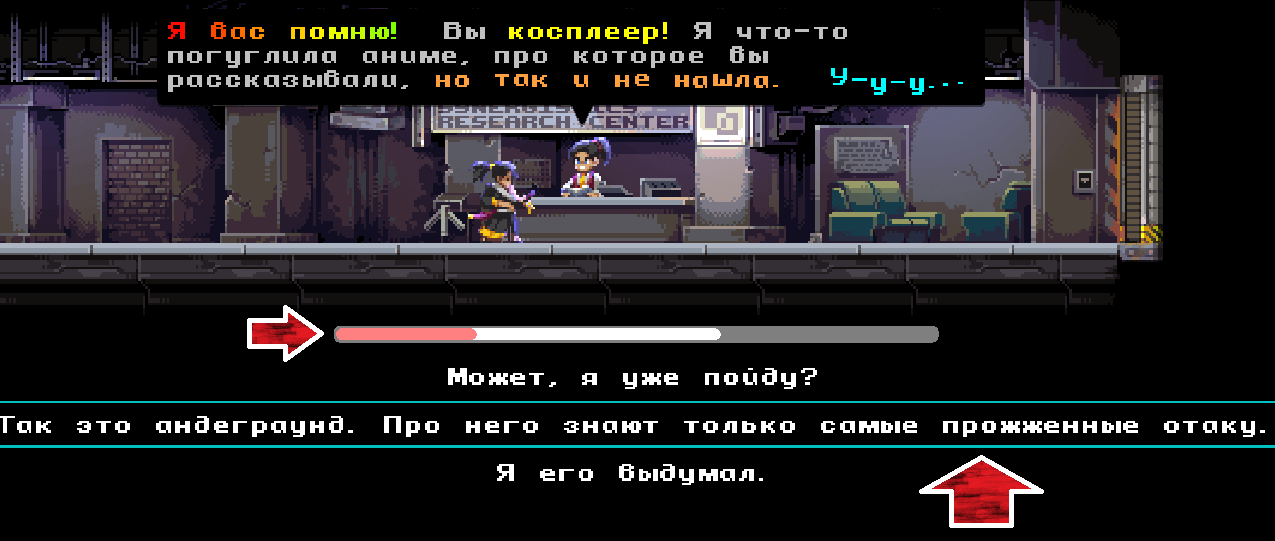
Unfortunately, it was the dialogues that became an annoying little thing. The first time you read them is interesting, but you can't skip the cutscenes or speed up the flow of the speech. The text pops up in the window, appears gradually and very slowly. Because of this little thing, the pace of the game sags.
Is Katano ZERO worth buying?
Despite the flattering review, everyone won't like Katano ZERO. You turn to this kind of games when you want something heartwarming and catchy. If you are looking for a gameplay game, put aside Katano ZERO for later, but not in a long box. This masterpiece costs only $5, which is simply insulting for a product of this quality. Katano ZERO is one of those games that every gamer should be familiar with; one of those games that you don't forget over the years.
